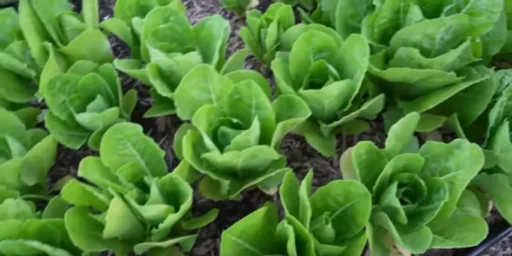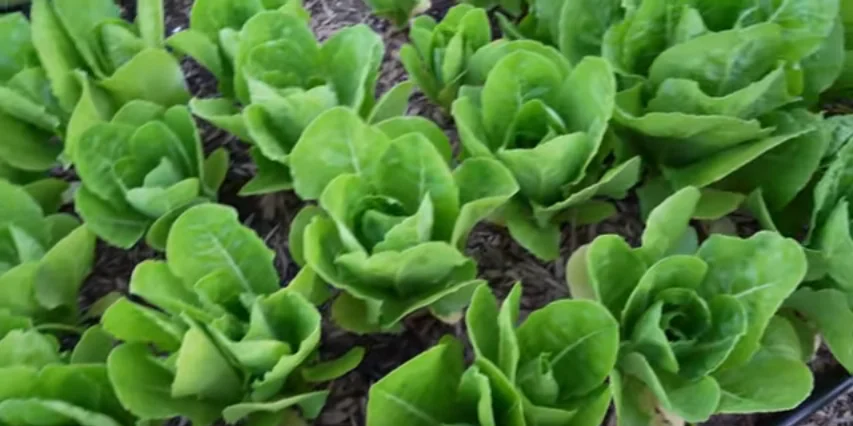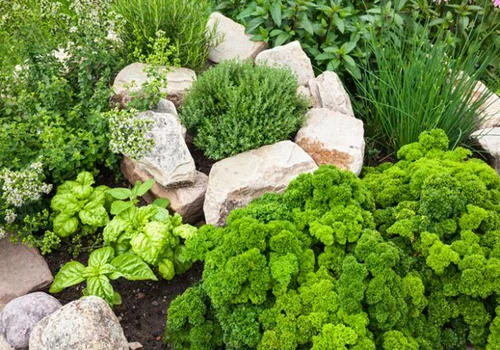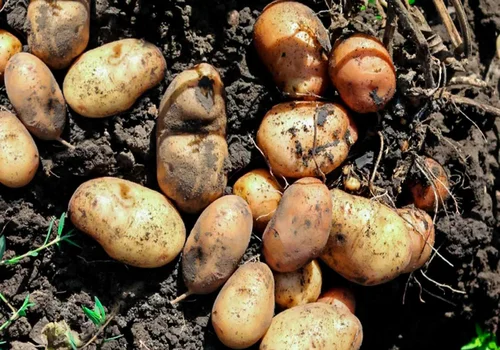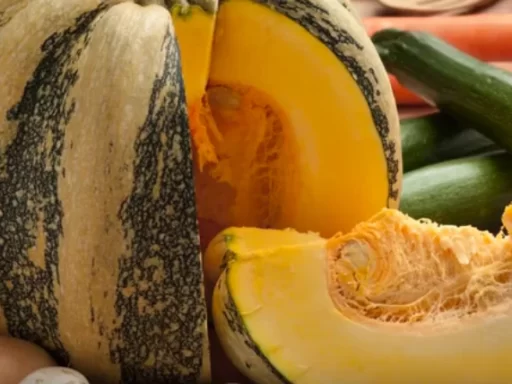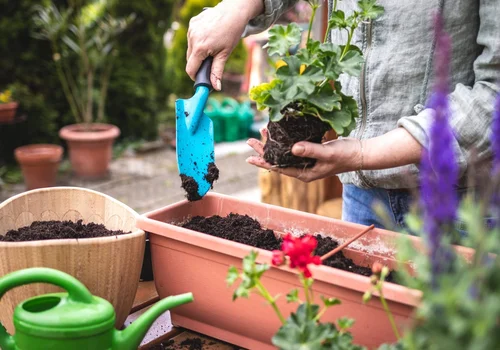Growing your own food can be a rewarding and sustainable way to enjoy fresh produce, even if you are short on time. Contrary to popular belief, you don’t need to wait an entire season to enjoy a bountiful harvest. Some vegetables are incredibly fast growers and can be ready to harvest in as little as a few weeks. Whether you’re an experienced gardener or just getting started, these speedy vegetables are perfect for planting, especially in the cooler months of early autumn.
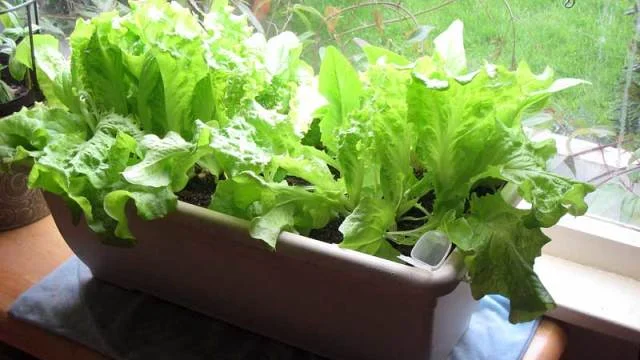
Here’s a guide to seven of the fastest-growing vegetables, along with tips to help you get the most out of your garden this season.
1. Radishes: Crunchy and Quick
Radishes are among the fastest-growing vegetables you can plant. They’re ready to harvest in just four weeks, making them ideal for those who want a quick turnaround. Radishes thrive in the cooler temperatures of autumn, which also reduces the risk of pest problems, such as flea beetles.
How to Plant:
- Sow radish seeds directly into well-drained soil, about half an inch deep and 1 cm apart.
- Keep the soil moist, and within days, you’ll see shoots emerging.
- Harvest radishes when they are slightly larger than a marble to enjoy them while they’re still tender and crunchy.
Radishes also grow exceptionally well in containers, making them a great choice for small spaces or urban gardeners.
2. Arugula (Rocket): A Speedy Salad Green
Arugula, also known as rocket, is another fast-growing vegetable that’s perfect for autumn planting. In about five weeks, you’ll have spicy, pungent leaves ready to add to salads and sandwiches. Arugula thrives in cool temperatures and can even grow in partial shade.
How to Plant:
- Scatter seeds over raked soil (broadcast sowing) and cover them with a light layer of compost or soil.
- Water gently and keep the soil moist to encourage germination.
For a more varied salad, you can also grow mustard alongside arugula. Both are great for container gardening, making them a versatile addition to any garden.
3. Spinach: Nutrient-Rich and Fast to Grow
Spinach is a nutritious vegetable that loves cooler weather, making it ideal for autumn planting. You can expect to start harvesting spinach within just 40 days.
How to Plant:
- Sow spinach seeds about half an inch deep in rows spaced 30 cm apart, or start them in plug trays for transplanting later.
- Keep the soil moist, and once the leaves are large enough, start harvesting by picking a few outer leaves from each plant. Spinach is a “cut and come again” crop, meaning the plant will continue producing as long as you don’t harvest too much at once.
Quick-growing spinach varieties will give you a bountiful harvest before the first frost hits.
4. Lettuce: A Cool-Season Classic
Loose-leaf lettuce varieties are perfect for a quick autumn harvest. You can begin picking tender leaves just 30-40 days after sowing, depending on the weather.
How to Plant:
- Sow lettuce seeds in rows about 6 inches apart, and lightly cover them with soil.
- Keep the soil well-watered, and harvest the outer leaves as they grow.
Loose-leaf varieties are particularly suited for “cut and come again” harvesting, allowing you to enjoy fresh lettuce for weeks.
5. Kale: The Superfood for Cool Weather
Kale is a hardy vegetable that thrives in cool temperatures. While full-sized kale plants take longer to mature, you can begin harvesting baby kale leaves in just 30 days.
How to Plant:
- Sow kale seeds in rows or scatter them across the soil.
- Thin out the seedlings if they become too crowded, leaving about 6 inches between each plant.
Harvest the small leaves for salads or sauté them for a nutrient-packed dish. With regular picking, kale will continue to produce throughout autumn and into winter.
6. Salad Onions: A Burst of Flavor
Salad onions, especially winter-hardy varieties, are an excellent late-season crop. You can start harvesting their green leaves before winter sets in, giving your salads and dishes a burst of fresh, oniony flavor.
How to Plant:
- Sow salad onion seeds in rows about 6 inches apart and cover with soil.
- Water regularly, and once the seedlings emerge, thin them out as needed.
The green onion tops can be harvested throughout autumn, while the full onions will mature by the next spring.
7. Beets: A Two-for-One Harvest
Beets are a versatile vegetable that offers both edible greens and tender baby beets. You can start harvesting the leafy tops within a few weeks, and the roots will be ready in about 50 days.
How to Plant:
- Sow beet seeds about an inch apart in rows, and cover them with soil.
- Water thoroughly and thin the seedlings to about 3 inches apart as they grow.
Beet greens are delicious in salads, and the baby beets can be roasted or used in soups for a nutritious meal.
Tips for Extending the Growing Season
As temperatures start to cool, you may want to protect your crops from frost. A simple cover, such as a tent-style arrangement or a polythene cover, can extend your growing season by up to two weeks. Even a few extra degrees can make a significant difference, especially for fast-growing crops like radishes and lettuce.
For additional protection, consider using hoops made from blue water piping, which can support insect mesh or fleece covers. These covers will help keep pests like slugs at bay while also providing warmth as the weather cools.
Managing Pests
Slugs and snails love tender new growth, so keeping them at bay is essential. Keep the area around your garden beds well-trimmed to remove hiding spots for slugs. You can also set up beer traps around the perimeter of your garden to lure and trap slugs before they reach your crops.
Frequently Asked Questions
- What are the fastest-growing vegetables for autumn? Radishes, arugula, spinach, lettuce, kale, salad onions, and beets are some of the fastest-growing vegetables that can be ready to harvest within 4 to 8 weeks.
- Can I grow these vegetables in containers? Yes, many of these vegetables, including radishes, arugula, and mustard greens, grow well in containers, making them ideal for small spaces.
- How do I protect my crops from frost? Use simple covers like polythene or fleece, supported by hoops or frames, to protect your crops from frost and extend the growing season.
- How often should I water fast-growing vegetables? Water these vegetables regularly, especially during dry periods, to keep the soil moist and encourage rapid growth.
- What is “cut and come again” harvesting? This method involves harvesting only the outer leaves of a plant, allowing it to continue growing and producing more leaves.
- Can I plant these vegetables in partial shade? Yes, many of these crops, such as arugula, spinach, and kale, can tolerate partial shade and still produce a good harvest.
- When should I start planting for a quick autumn harvest? Early autumn is the best time to plant fast-growing vegetables. The cooler temperatures are perfect for crops like radishes, arugula, and spinach.

